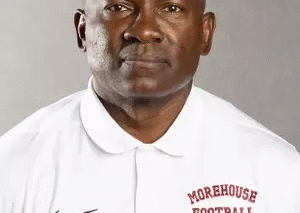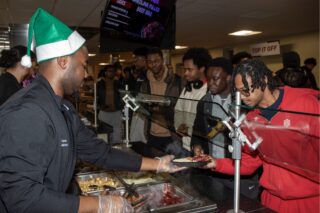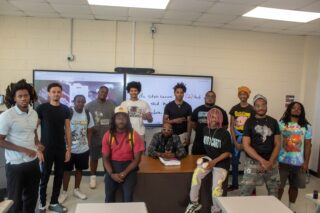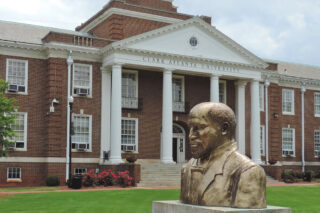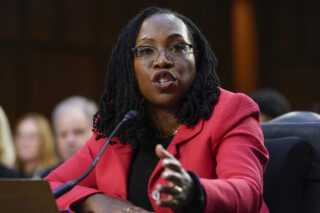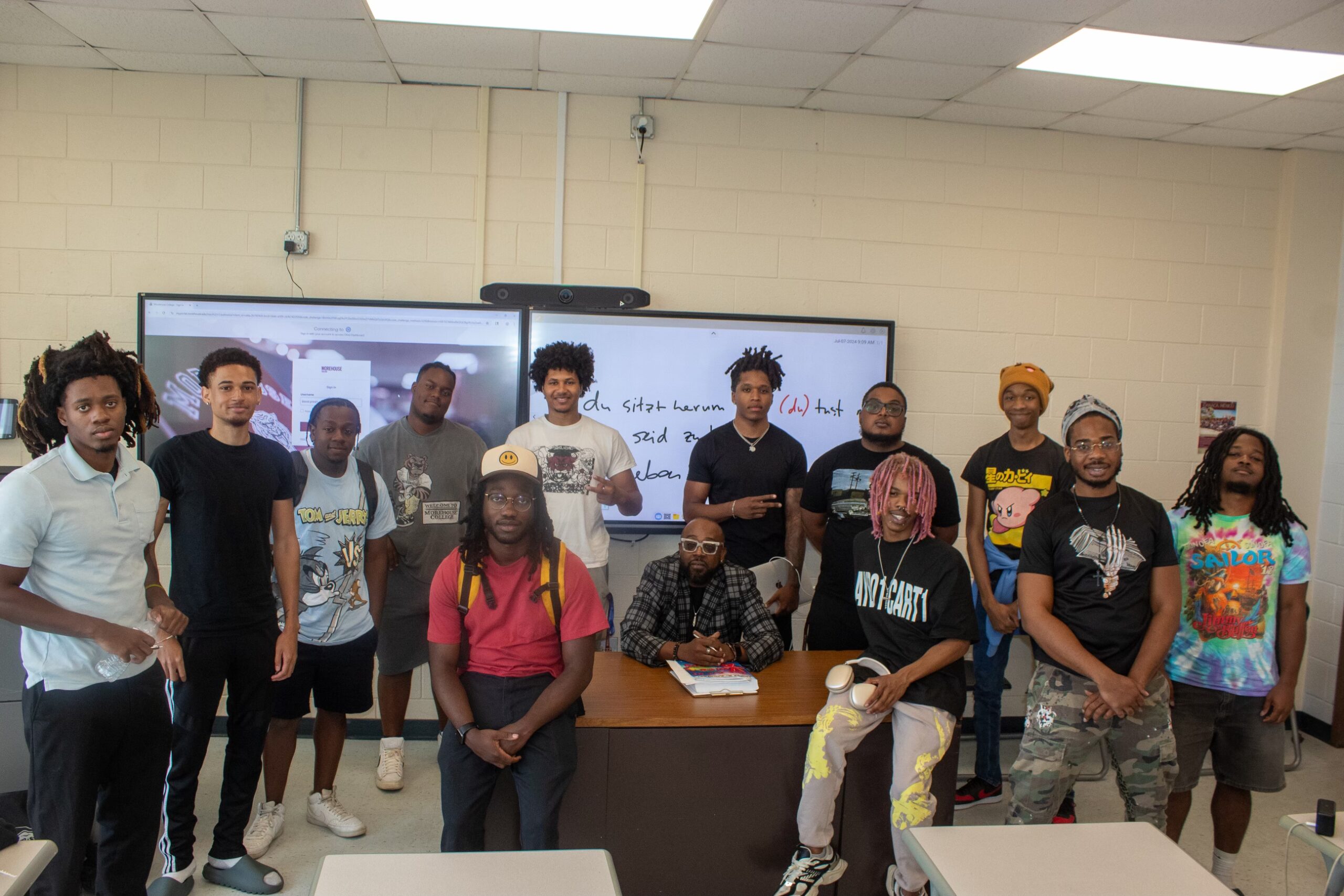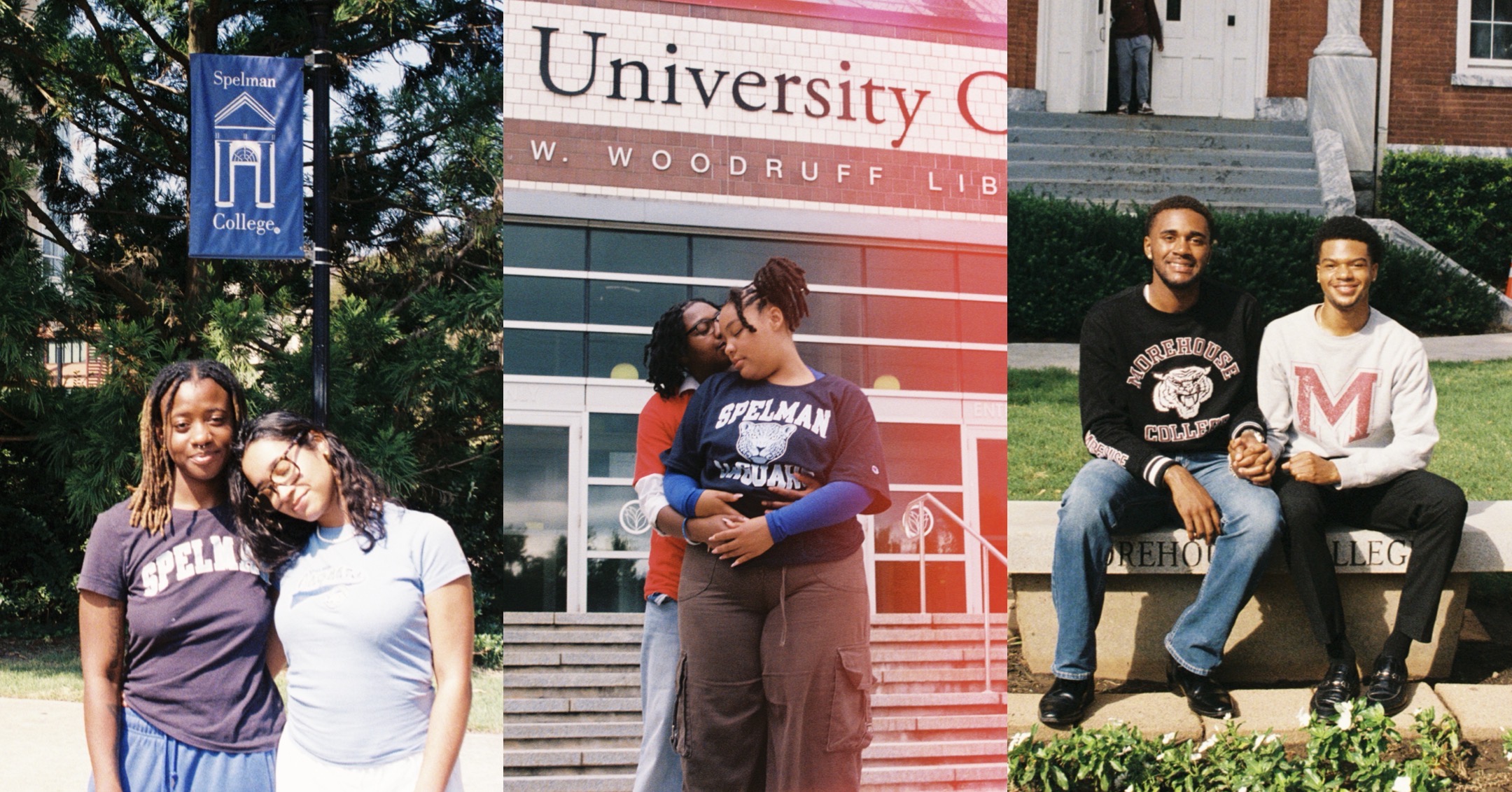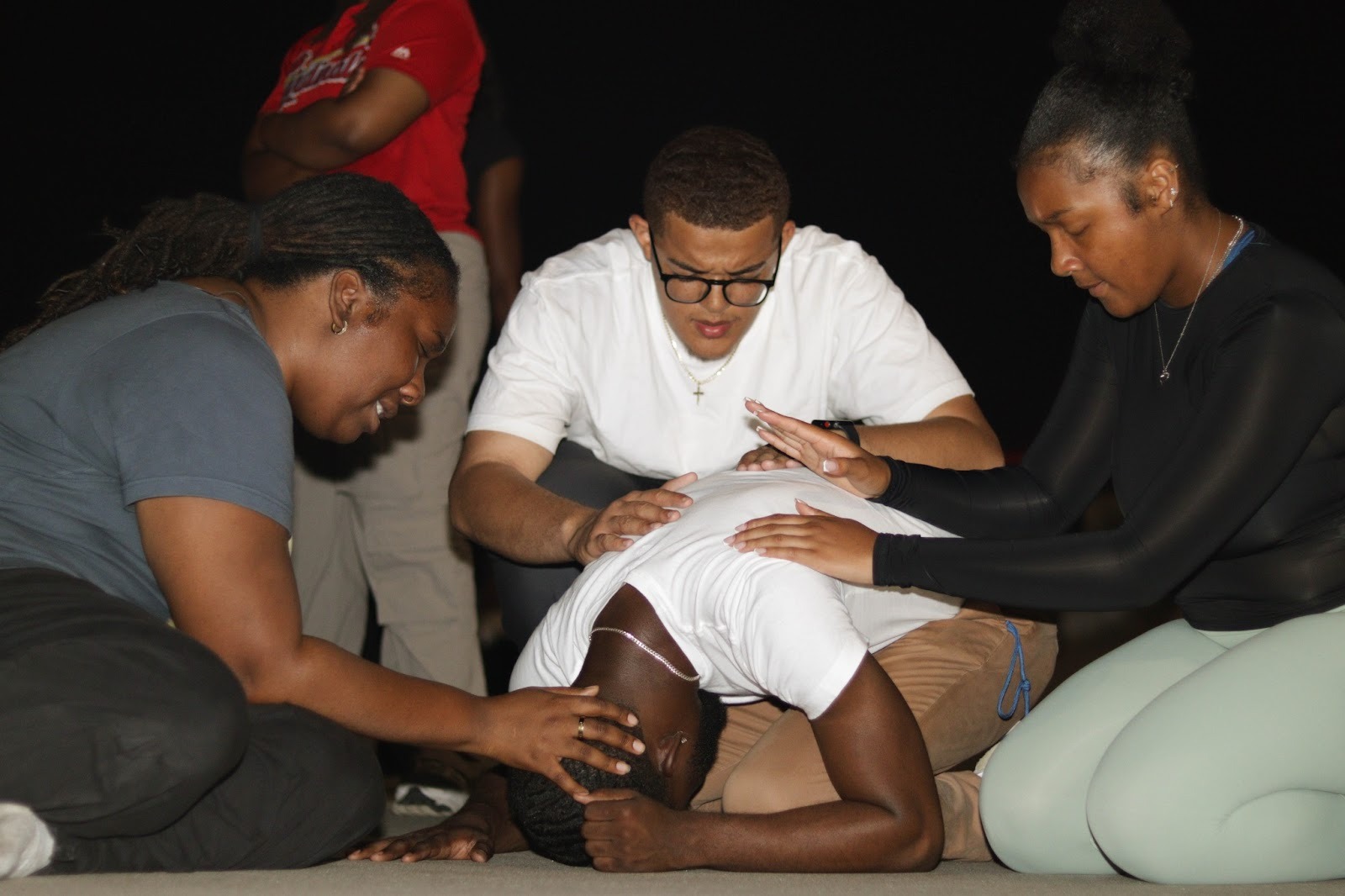Photo by Andy Harris
By Justin Darden
In the early 1700s, the British imported an estimated 2,300 enslaved people from Africa to Bermuda, Jamaica, and other British colonies. Part of that population of enslaved was brought to Belize in Central America. At the time, the country wasn’t a British colony. In 1862, Belize became a crown colony of Great Britain and on September 21, 1981, gained its independence.
The Harrier jet that greets visitors outside the Philip Goldson International Airport in Belize was part of the British fleet used to reinforce the army against Guatemalan aggression. The jet was known for its versatility because of its vertical take-off and landing ability. The British stationed in Belize, alongside the help of the Harrier jet, were effective deterrents against Guatemala.
Belize shares a border with Guatemala and since 1839, Guatemala has believed that Belize should be a part of their country till this day, and tries to claim sovereignty over Belize, a claim the British rejected. This claim was based upon a promise made by Queen Elizabeth II of Britain (who served as Queen of Belize) that when Belize was developing, they would build a road from Guatemala to Southern Belize to allow Guatemala to train with other Caribbean countries. A promise that was never fulfilled.
“If the queen wasn’t there, Guatemala would have invaded a long time ago, and there would not be any Belize,” says licensed tour guide Tara Requena, “Which I believe was so unfair to us because this was the queen’s battle, not us here in Belize.”
Guatemala teaches its population to this day that Belize is a part of them, turning their population against Belize. The situation was partially reconciled, and four days after Belize gained independence, Belize received a full British defense guarantee along with admission into the United Nations. Even though the two governments aren’t on good terms, the people share common and friendly interests with one being Guatemala kids coming to Belize schools to learn English.
In 1961, Hurricane Hatti ripped through half of Belize City and caused a catastrophic amount of damage, killing hundreds of people. Belmopan, 50 miles west of Belize City, became the capital of Belize, becoming Belize’s most populated city.
With a land mass twice the size of Jamaica and the size of Massachusetts in America, the Belizean population is around 420,000. This population is divided into six districts: Belize, Cayo, Corozal, Orange Walk, Stann Creek, and Toledo. Toledo is known as the forgotten district because of its isolation from the rest of the country.
During enslavement in Belize, slaves were separated by their owners into different ethnic groups based on ethnicity and colorism.
In the 1980s, Belize’s rising population of Hispanics gave Belize a nickname, becoming known as “Belize es Belizeans.” Hispanics make up 48% of the population and are known to occupy the top political positions in the government, and some say this ethnic group controls Belize.
Creole people were descendants of African Slaves, most of whom came from Jamaica and have some sort of African blood in them. They speak Kriol, which is an English-based Creole language, closely related to the Jamaican language Patois. Creoles used to make up 75% of the population but are estimated to be 26% of the general population or even lower today. Due to the arrival of refugees from war-torn Central American countries.
The people of the Garinagu culture are descendants of the Afro-Indigenous population originating from St. Vincent in the Caribbean. After a rebellion against the British (in what year?) around 5000 Garifuna people were exiled to Honduras.
The Garifuna’s culture is known for its use of drums and percussion instruments, combining beats of primero (tenor) and Segunda (bass) drums. Garifuna is known as some of the brightest in Belize, but other ethnic groups believe Garifuna people don’t have the capabilities to be in top political or nonpolitical positions. Instead, they take their intelligence to the United States for better financial opportunities of living. Much of the culture–particularly language-had been banned from public education. Recent calls to include more culturally-inclusive public school curricula have sparked further discussion and interest in teaching a fuller Garifuna history.
In the Garifuna community, they call Dangriga, the largest town in southern Belize, the spiritual capital of its people. Here is also home to the Dangriga Museum, a center for knowledge about the Garifuna culture. It is here where historians point out Garifunas are brilliant linguists, able to communicate across cultures throughout the nation.
The Mayans were the original residents of the territory of Belize, building temples all over the country. After Christopher Columbus’s departure after spending time in the Maya community, the population of the Mayan group shrank significantly, and temples became a mystery in history. According to historian and Morehouse cohort guide Jerry Enriquez, some theories included climate change affecting the production of food, European diseases, decimation by European oppression and enslavement, and inter-tribal conflicts or battles.
Mennonites community, a population of 2,000 migrating from Russia, Canada, and Germany, claims its community strives on the standards of their fear of God, integrity, unity, and hardworking people. With their land, they are known for their farming of chicken and dairy, and technology resources that outside of their community other communities in Belize can’t find. They have become great entrepreneurs, expanding their involvement in the growth of Belize such as Belize Natural Energy (BNE) oil company, which pays taxes to use their land. Their authority over their land is codified through an agreement with the Crown. It enables them to restrict who can buy property within their community, which they have regulated to include those of the Mennonite line.
It’s hard to find any country in the world where so many cultures can intertwine and work together as one. The developing nation of Belize does just that to achieve collective long-term goals of a sustainable future, starting with the defense of their natural resources.
In 1961, Hurricane Hatti ripped through half of Belize City and caused a catastrophic amount of damage, killing hundreds of people. Belmopan, 50 miles west of Belize City, became the capital of Belize, becoming Belize’s most populated city.
With a land mass twice the size of Jamaica and the size of Massachusetts in America, the Belizean population is around 420,000. This population is divided into six districts: Belize, Cayo, Corozal, Orange Walk, Stann Creek, and Toledo. Toledo is known as the forgotten district because of its isolation from the rest of the country.


